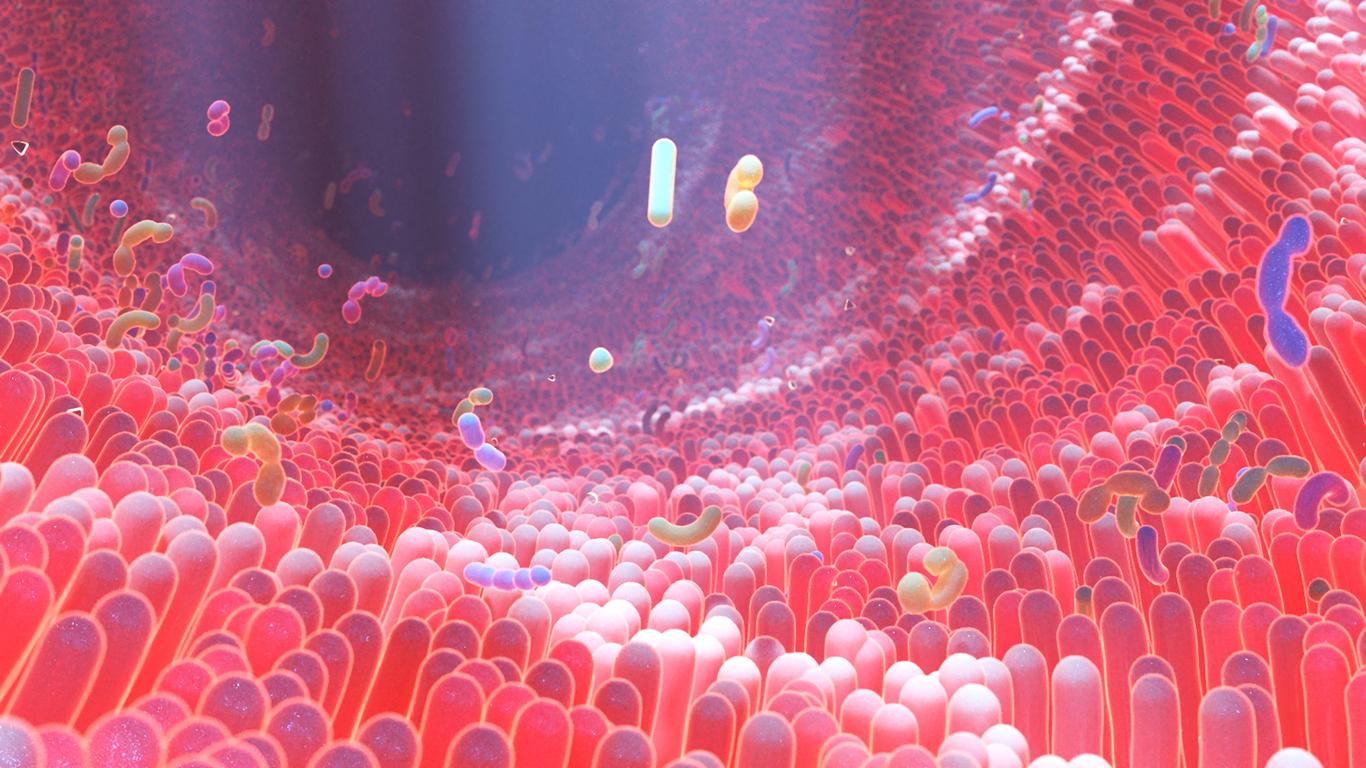Nearly 200 bacterial species coexist in the intestinal microbiota of each individual. However, most of these bacteria harbor in their genome one, or even more, viruses in a “dormant” state, called “phages”. Each of us is home to roughly as many types of phage as there are bacterial species, but it was yet to be understood how these partners interact in the intestinal tract. This is what INRA researchers have just done, by modeling for the first time the behavior of an infecting virus bacteria in the digestive tract of the mouse.
The results of their study published on the Plos One site show that “these viruses are much more active than we thought and it is necessary to take them into account in the study of the dynamics of the intestinal microbiota” explain the researchers. Their work reveals, for example, that the phage in the dormant state in Escherichia coli becomes hyperactive in the digestive tract of mice and wakes up 50 times more frequently than expected.
“It remains to be understood why this phage in a dormant state wakes up in the digestive tract. And how interactions between phages and bacteria could intervene in the phenomena of imbalance. digestive flora“ they conclude.
Read also :
Alzheimer’s disease: the microbiota trail
The gut microbiota plays a protective role in diabetes
















